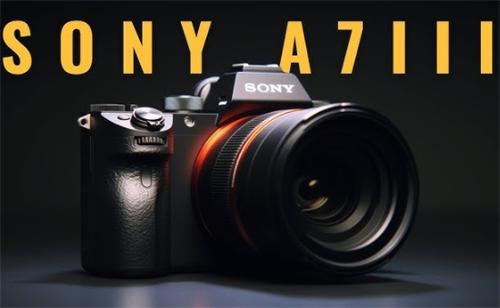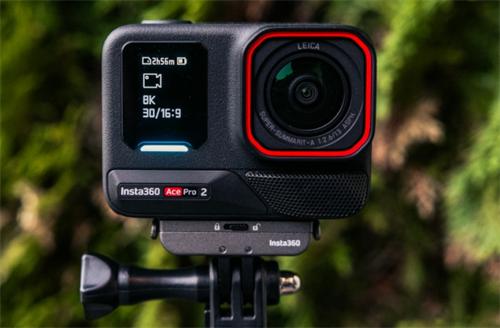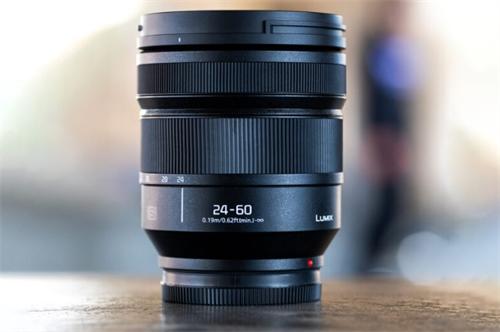The Rise and Retreat of the 1-Inch Sensor: An In-Depth Look at the Sony IMX989

The world of smartphone photography has been buzzing lately over the much-discussed "1-inch sensor," with Sony’s IMX989 at the center of the spotlight since its launch.It has been hailed as the pinnacle of smartphone imaging, while also criticized as an example of overkill in specs. Today, we take an objective look at the real-world performance of this sensor.
Breakthrough Hardware Specifications:
The most eye-catching feature of the IMX989 is undoubtedly its massive 1.02-inch sensor size (commonly referred to in the industry as "1 inch"). Compared to the 1/1.28-inch sensors typically used in flagship smartphones, the IMX989 offers about 60% more surface area. Its light-sensitive area is a staggering 172% larger than that of the iPhone 13 Pro Max’s main camera. In practical terms, a larger sensor means better light-gathering capability, especially advantageous in low-light conditions.
On the technical side, the IMX989 adopts an innovative 4:3 aspect ratio instead of the more traditional 3:2. This choice aligns better with smartphone screen proportions and allows for more effective use of the sensor area. Combined with a Quad-Bayer color filter array and an Octa-PD phase detection autofocus system, every sub-pixel can focus independently—greatly improving autofocus success in dark environments. Thanks to pixel binning technology, the sensor achieves an effective pixel size of 3.2μm, significantly boosting sensitivity and image quality per pixel.
A Double-Edged User Experience:
In real-world testing, the IMX989 delivers a clear leap in image quality. In night photography, it excels with cleaner images, finer detail retention, and superior dynamic range. Compared to regular sensors, it produces low-noise night shots, handles highlights more effectively, and retains richer shadow details. In Pro Mode, the sensor achieves a visual output close to that of a traditional camera.
However, user feedback has also highlighted some drawbacks. In well-lit everyday scenes, the IMX989’s advantages are not as apparent as its impressive specs suggest. This is largely because of advancements in computational photography—modern algorithms like multi-frame synthesis allow smaller sensors to produce excellent results. Moreover, accommodating this large sensor requires a bulky camera module, contributing to the Xiaomi 12S Ultra's thickness of 9.06mm and weight of 225g, which compromises portability.
As sensor sizes approach physical limits, the "bigger is better" philosophy is beginning to show diminishing returns. This shift is prompting manufacturers to explore other paths forward:
Advanced computational photography;
Specialized lens development (e.g., Nubia’s 35mm humanist lens);
Enhanced optical coatings and lens quality;
System-level optimization through multi-camera synergy.
Notably, other models in the Xiaomi 12S series equipped with the IMX707 sensor achieved a more compact form factor while maintaining solid image quality through improved manufacturing processes. This differentiated approach could signal the future of mobile photography: instead of relentlessly pursuing the largest sensor, manufacturers may focus on tailoring the best-fit solution for each product segment.
For photography enthusiasts seeking the ultimate image quality, the IMX989 offers the closest camera-like experience available on a phone today. But for everyday users, a more balanced sensor may actually serve their needs better.
Recommended for you:








